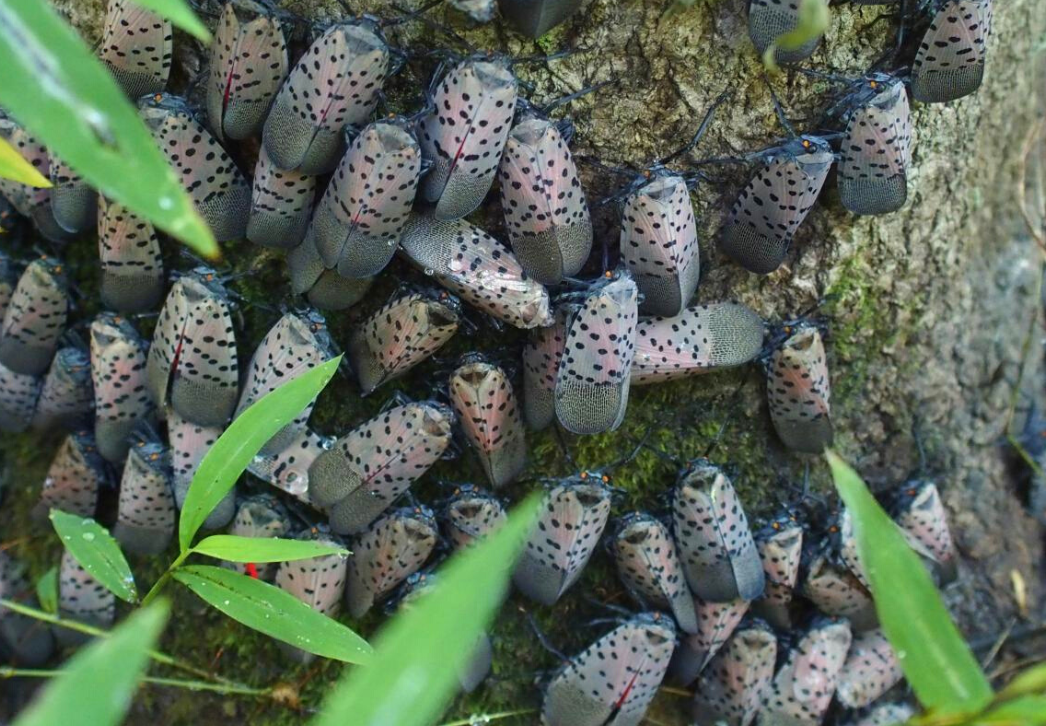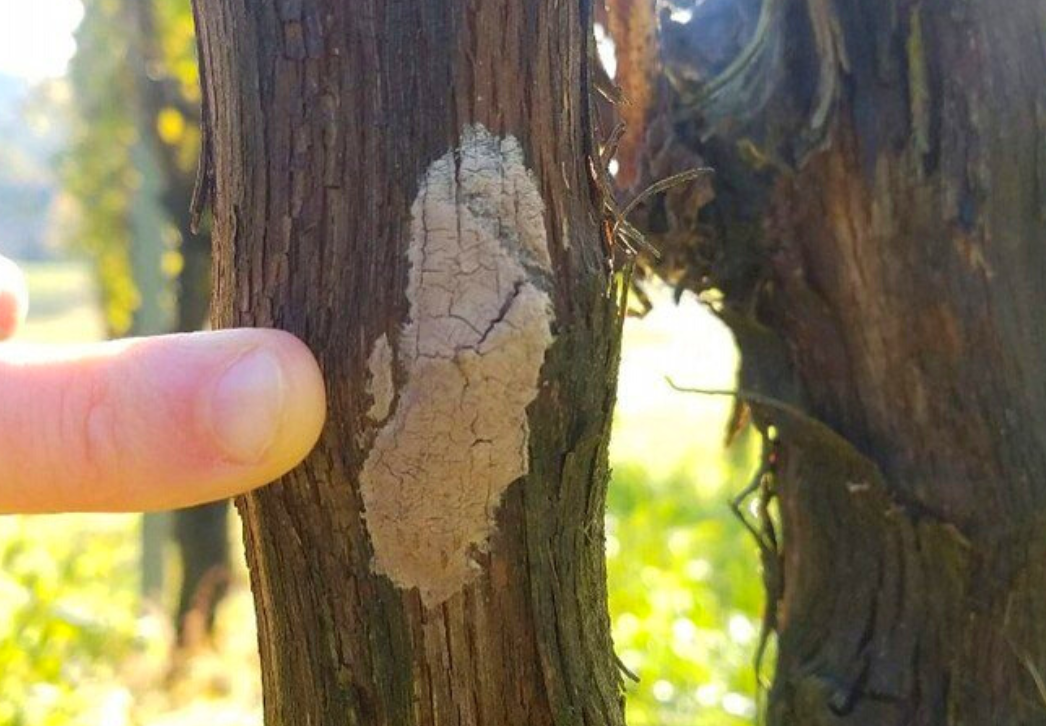|
|
Seasonable weather with intermittent showers throughout the week maintained favorable yield prospects for summer crops in Wisconsin. Temperatures were near normal for late August and most areas of the state received much-needed beneficial rainfall. Soybeans continued to develop five days behind last year and about one day ahead of the 5-year average, with 84% of the crop setting pods, a 12 percentage point increase over the previous week. Condition ratings for soybeans improved by one percentage point and 78% of the crop is rated as good to excellent, three points better than at the same time last year. The late summer moisture and lack of extreme heat that dominated most of the week ending August 25 supported harvesting of alfalfa, potatoes, small grains and sweet corn. Field activities for DATCP pest survey staff included sampling corn for rootworm beetles, setting traps for spotted lanternfly, collecting soil samples for nematode testing, and removing spongy moth traps.
__________________________________
  Spotted lanternflies | PSU.edu
 
|
|
Detection work for the invasive spotted lanternfly is underway in southeast Wisconsin. DATCP staff have set 40 traps in Kenosha, Milwaukee and Racine counties and are conducting visual surveys at sites with known infestations of the preferred host, Ailanthus altissima (tree-of-heaven). Spotted lanternfly has not yet been found in the state, but with the recent detection in Oakland County, Michigan earlier this month, prevention and early survey efforts have become even more imperative for keeping this damaging “hitchhiker” insect out of Wisconsin.
Spotted lanternfly is one of the fastest-spreading exotic pests in U.S. history and has invaded 11 eastern U.S. states since first arriving in Pennsylvania in 2014. Established populations have so far been found in Connecticut, Delaware, Indiana, Maryland, New Jersey, New York, Ohio, Pennsylvania, Virginia, West Virginia, and most recently, southeast Michigan.
While these infested states have enacted quarantines to contain spotted lanternfly, the adult, nymph and egg stages move easily on firewood, tires, campers, vehicles and outdoor gear, and can be accidentally carried by tourists during summer and fall travel. Wisconsin’s southeast I-41 and I-43 corridors northward to Door County are considered especially high-risk for introduction. Grape vines in particular are a favored host, making vineyards likely sites for early infestations. |
|
 Spotted lanternfly egg mass | Heather Leach PSU
|
|
|
Below are measures to reduce the risk of carrying spotted lanternfly into Wisconsin and preventing its spread:
-
Check your vehicle: Before leaving a state where spotted lanternfly is known to occur, inspect vehicles, campers and equipment for eggs or insects. Check doors, sides, bumpers, wheel wells, grills, and roofs. If found, immediately destroy the eggs or insects.
-
Remove host trees: Spotted lanternfly shows a distinct preference for tree-of-heaven or Ailanthus. Tree-of-heaven is also an invasive species, currently with a very limited distribution in Wisconsin. Learning to identify this tree and removing it from properties are important steps in preventing and managing the spread of spotted lanternfly.
-
Report potential sightings: Any suspected finds of spotted lanternfly should be immediately reported online to the DATCP spotted lanternfly site. Photos are necessary to verify a report and to confirm identification.
|
|
 __________________________________
|
|
Western bean cutworm moth flights have subsided at pheromone trap monitoring locations. As of August 25, the state total count is 4,804 moths in 36 traps (133 per trap average), an increase from the 5,607 moths in 48 traps (117 per trap average) collected last year and the highest state average count since western bean cutworm trapping surveys began in 2005. The highest individual count for the season was 437 moths near Portage in Columbia County, while nearly half of the sites recorded cumulative counts above 100 moths per trap for the season.
All western bean cutworm traps may be removed at this time. The DATCP Pest Survey Program wishes to extend its gratitude to all the volunteers who monitored traps again in 2022. THANK YOU to our cooperators for making this survey possible. |
|
 __________________________________
|
|
|
PMTV foliar symptoms | Carrie Wohleb
 
|
|
DATCP is continuing its two-year survey for potato mop top virus (PMTV) and powdery scab this fall and is looking for additional participants. Results from 2021 are now available on DATCP’s potato survey page. The goals of the effort are to update our knowledge of the distribution of these two pathogens, to understand the scope of disease presence, and to locate risk areas in Wisconsin.
As part of the survey, DATCP staff will sample fields after the 2022 harvest to test for potato mop top virus and powdery scab. Growers interested in participating in this no-cost survey can email Plant Industry Lab Director Sam Fieweger (sam.fieweger@wisconsin.gov) by September 15 to sign up. Please include a description of the field location(s) with GPS coordinates, 2022 crop planting information, and approximate field acreage. Participating potato growers may request testing for multiple fields and will receive results immediately after testing is complete.
Field locations will be kept anonymous and reported only at the county level. DATCP follows strict biosecurity measures including use of footwear covering and sanitization of all tools between fields to prevent the spread of soil-borne organisms. |
|
 __________________________________
|
|
|
|
|